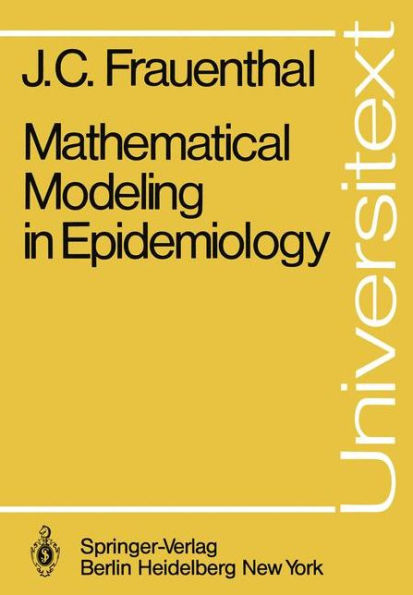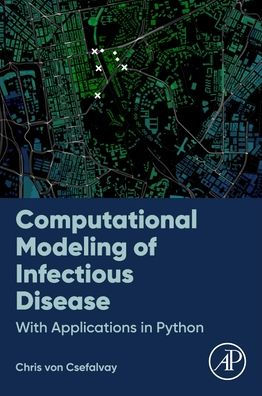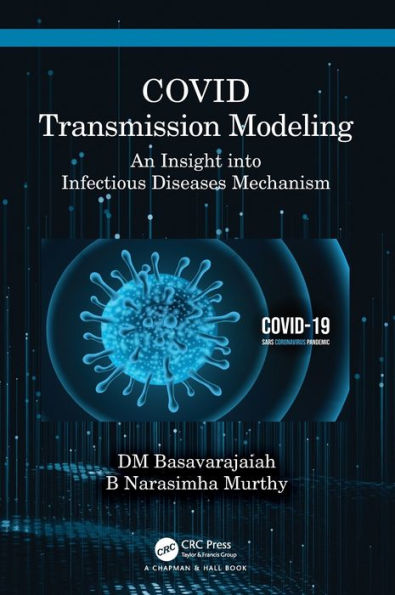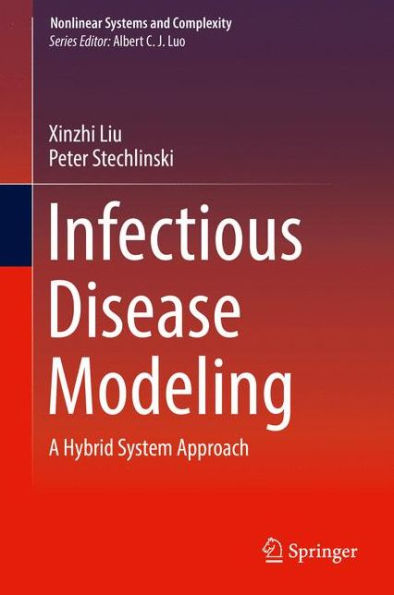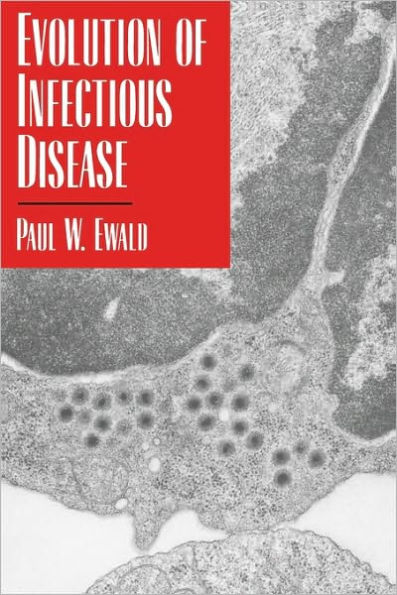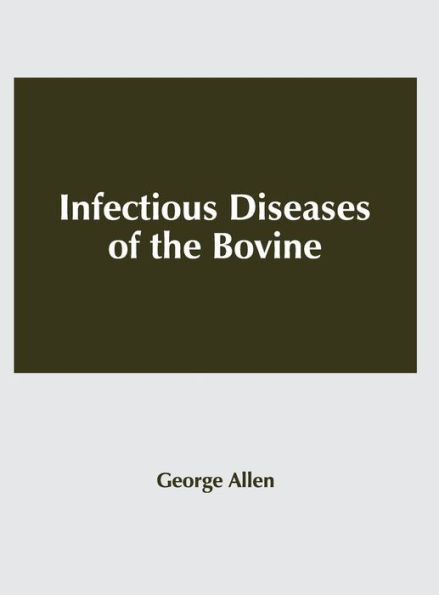Home
A Historical Introduction to Mathematical Modeling of Infectious Diseases: Seminal Papers in Epidemiology
Barnes and Noble
A Historical Introduction to Mathematical Modeling of Infectious Diseases: Seminal Papers in Epidemiology
Current price: $79.95
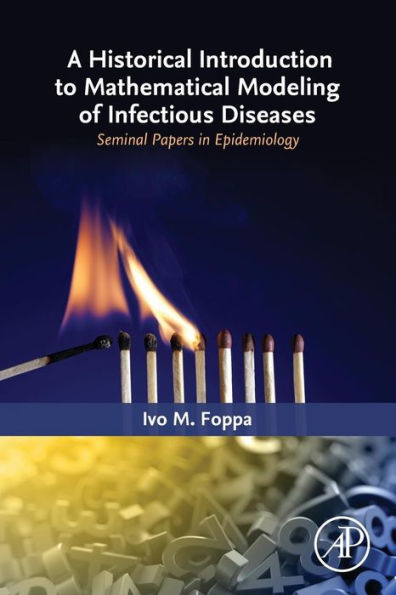

Barnes and Noble
A Historical Introduction to Mathematical Modeling of Infectious Diseases: Seminal Papers in Epidemiology
Current price: $79.95
Size: OS
Loading Inventory...
*Product information may vary - to confirm product availability, pricing, shipping and return information please contact Barnes and Noble
A Historical Introduction to Mathematical Modeling of Infectious Diseases: Seminal Papers in Epidemiology
offers step-by-step help on how to navigate the important historical papers on the subject, beginning in the 18th century. The book carefully, and critically, guides the reader through seminal writings that helped revolutionize the field.
With pointed questions, prompts, and analysis, this book helps the non-mathematician develop their own perspective, relying purely on a basic knowledge of algebra, calculus, and statistics. By learning from the important moments in the field, from its conception to the 21st century, it enables readers to mature into competent practitioners of epidemiologic modeling.
offers step-by-step help on how to navigate the important historical papers on the subject, beginning in the 18th century. The book carefully, and critically, guides the reader through seminal writings that helped revolutionize the field.
With pointed questions, prompts, and analysis, this book helps the non-mathematician develop their own perspective, relying purely on a basic knowledge of algebra, calculus, and statistics. By learning from the important moments in the field, from its conception to the 21st century, it enables readers to mature into competent practitioners of epidemiologic modeling.
